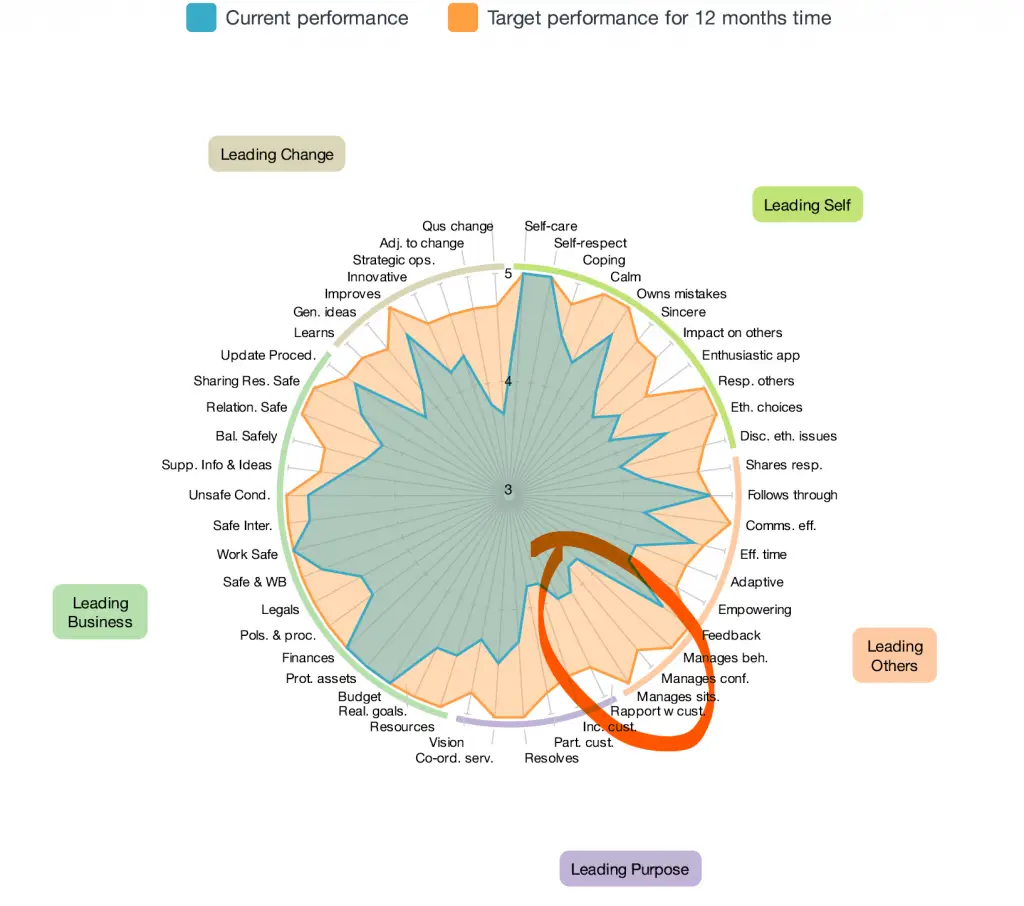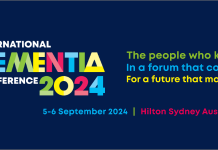In this guest post, Abby Hunt, Co-founder at Data Drives Insight, discusses the importance of empowering others to have a voice in a bid to build culture and effective outcomes for care businesses.
Over the 20 years that I worked as a counselling psychologist, I saw a lot of couples. It always interested me when one of the partners would say that they didn’t know why they were there, as they “never argued” and so their perception was that the marriage was fine. When there’s very little conflict – so that you’re not raising any different views or having any rich discussions – then you are living in a space of “artificial harmony”.
On the surface, everything looks great, but if you look a little deeper, you start to see that there are hidden problems.
Aversion To Conflict in the Care Industry
Many teams and organisations in the care industry operate in this way because they don’t know how to find their voice. People don’t know how to speak up or say things in a way that is not going to be offensive or hurtful (or for fear they will be offensive and hurtful!)
This is a problem that is rife in aged care in particular, where leaders are often very nurturing, and so raising issues that could be seen as contentious is something that many people shy away from.
As well as not wishing to hurt people or to cause offence, the concerns are that if the person reacts badly to the feedback, then they might leave, and then the organisation will have lost that nurse or carer – at which point, the customer suffers.
Some of the strongest development areas we see in the data collected through the CILCA 360 and CISCA care industry diagnostics indicate that aged care staff (both leaders and frontline workers) have an aversion to conflict, having performance discussions, and raising problems.

There’s a belief that conflict equates to arguments, and those arguments signal a lack of harmony, and this is, naturally, viewed as undesirable.
It is important to unearth where the underlying view of conflict stems from. For instance, if someone is the type of person who has grown up believing that they shouldn’t ‘rock the boat’, then they’re probably not going to speak up. Equally, if they’ve grown up believing that their way is the right way, then they’re probably going to push people’s buttons.
So the requirement is two-fold; to help people who don’t speak up to find their voice and use it constructively, and also to ensure that the people who are willing to speak up know how to address issues constructively. In the context of addressing conflict, people often talk about the ability to have “robust” or “confident” conversations. This is absolutely what is needed, but even this idea can feel quite intimidating. Biting our tongue or bulldozing our way through are innate ways of being. However, being “constructive” is a taught concept, and therefore requires training.
The difficulty is that “conflict” is a bit of a dirty word. If you do a bit of free association with the word, everyone comes up with negatives. Rarely do people come up with things like “possibility for improvement” or “achievement” or “lessons learned.” However, all of these things become possible from the robust conversations that arise out of conflict.
Key Points & Helpful Tips
- It’s a common capability gap across the industry, yet those organisations, teams, and individuals who can find a way of raising issues and seeing conflict as a necessary ingredient in order to build trust and be high performing, will have the competitive advantage
- By helping people to find their voice, speak up and raise issues curiously and constructively you can create an authentic culture rather than a culture of artificial harmony.
- Make sure the message you’re giving is the one that is being received. Ask the other person what they heard. If their understanding is different to your message, try again. Name your intentions (which are usually positive!) when giving feedback or bringing up the issue so there is no misunderstandings.
- If you see it, say it. Don’t let it grow. Having conversations early, quickly and before things escalate is a simple way of avoiding longer term problems. This could be noticing and naming a change in behaviour before it gets to performance management issue.
- Help teams understand their own, and each other’s, personality differences and values to help prevent clashes. It also enables the focus to be placed on an individual’s strengths, rather than making them right or wrong.
- Empower your leaders to get some feedback on how they deal with conflict and address difficult situations. Understanding the impact their style as on the teams they work with is the first step to creating sustainable constructive change and effectively managing conflict.
Example – Breakdown In Communication
Recently, a care worker who was new to the site had overheard other colleagues complaining that there was no lunchroom where staff could take a quick break or have their meals away from the residents. Unfortunately, when she approached the manager with this information, the manager’s response was dismissive and the conversation was quickly shut down.
She felt hurt and disappointed by this, and as a result of these feelings, she said she wanted to leave the organisation
If she had felt comfortable challenging authority and able to find a constructive way of exploring with the manager why they had reacted badly to her suggestion, the situation could have been resolved.
Equally, if the manager had approached the situation differently, so that even if it was not going to be possible to provide a lunchroom for the staff, but the carer still felt heard and valued, then she could have gone back to her colleagues with clear reasons why their request couldn’t be fulfilled, with a sense of empowerment rather than defeat.
The biggest takeaway for care teams and leaders is empowering others to have a voice, whether it’s for safety, leadership, performance, or praise, the foundation of creating a successful culture is built on helping people find their voice – constructively.










